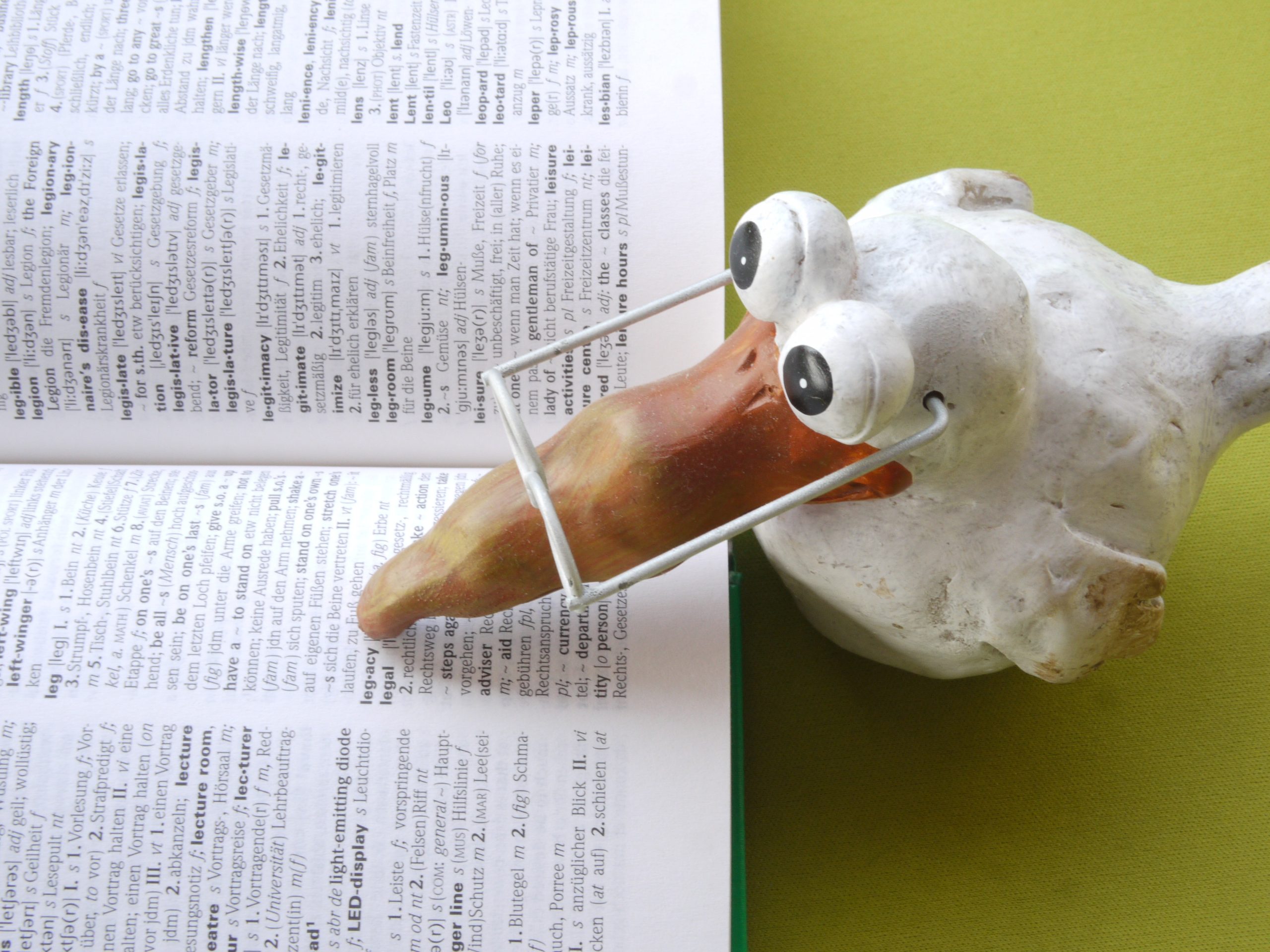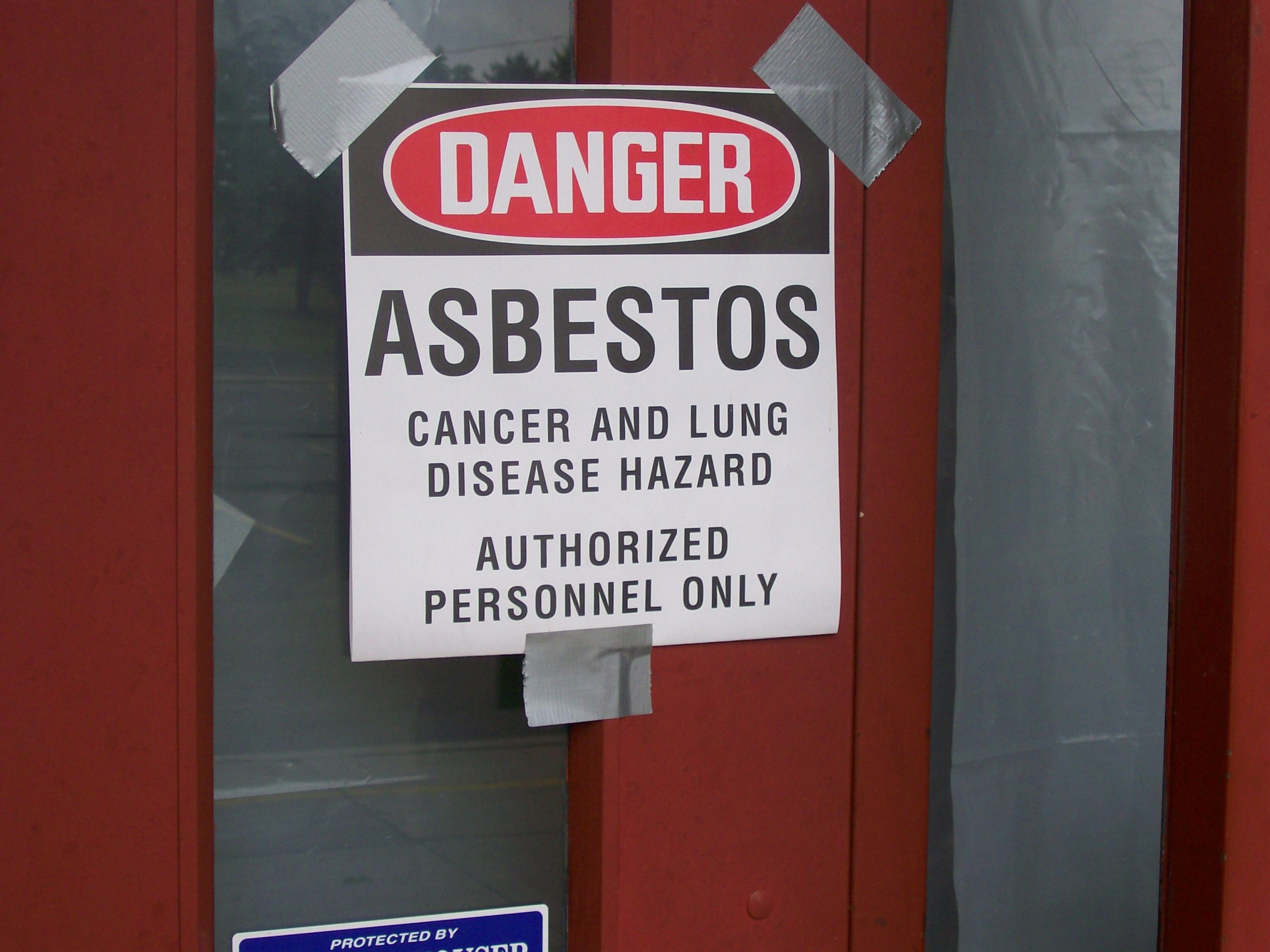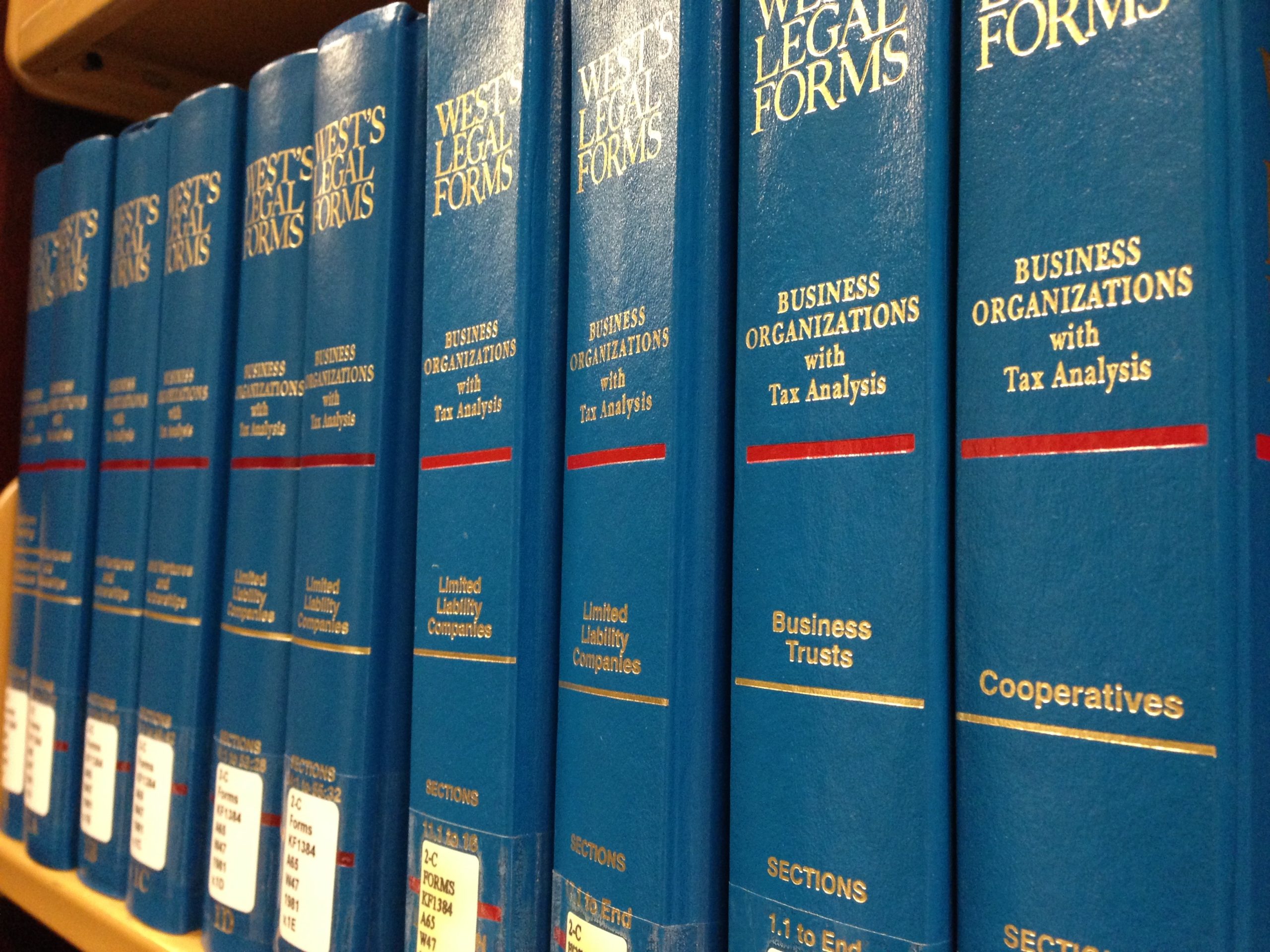 Driving poses undeniable risks. However, travelers may need to consider how unsafe a barrier curb may be in certain situations. When is the state liable for these conditions? A case from the St. John Baptist parish considered how the state department of development and transportation was at fault for construction risks that contributed to an accident.
Driving poses undeniable risks. However, travelers may need to consider how unsafe a barrier curb may be in certain situations. When is the state liable for these conditions? A case from the St. John Baptist parish considered how the state department of development and transportation was at fault for construction risks that contributed to an accident.
One afternoon, James Harris drove along the Airline Highway in Louisiana with his wife and their two grandchildren. As Harris traveled southbound, another northbound driver, Marilyn (MB), began driving erratically. MB’s car eventually drifted into the opposite side of traffic after crossing over a barrier curb on the highway. Harris moved onto the right-hand shoulder of the road to avoid MB. Unfortunately, despite his efforts to prevent a collision, MB’s vehicle crashed into Harris’, and he injured his left leg, foot, and hip. Ultimately, Harris’ left leg was amputated eight inches below the knee, and MB died from the accident.
Harris sued the Louisiana Department of Transportation and Development (DOTD) for failing to have a jersey curb that would have prevented MB’s car from drifting into the opposite side of traffic. In addition, he sued Progressive Security Insurance Company, MB, MB’s insurance provider. The trial court found the DOTD to be 90% at fault and Ms. MB to be 10% at fault for the accident, and the jury ultimately awarded Harris $5,000,000 in general damages and $1,000,000 for loss of enjoyment of life. On appeal, the DOTD argued that the trial court abused its discretion in finding the DOTD liable and in the number of damages awarded to Harris.
 Timing is an important part of claiming worker’s compensation in Louisiana. Louisiana R.S. 23:1209(C) requires that:
Timing is an important part of claiming worker’s compensation in Louisiana. Louisiana R.S. 23:1209(C) requires that: Insurance Dispute Lawyer Blog
Insurance Dispute Lawyer Blog


 People may be fired for a variety of reasons. Often a dismissed employee feels the termination was unjust or racially based. Bringing a lawsuit under
People may be fired for a variety of reasons. Often a dismissed employee feels the termination was unjust or racially based. Bringing a lawsuit under  If you were wrongfully terminated from a civil service position within your local government, you might be eligible to receive some compensation for your trouble. For example, say you are placed on suspension and are on track to be terminated. However, you later appeal that decision, and your suspension and termination are lifted. As a result, you may be allowed to reclaim back pay and exceptional pay for the time you were prohibited from working. The following case out of Plaquemines parish discusses the issues of back pay and exceptional pay and how they apply within a court proceeding.
If you were wrongfully terminated from a civil service position within your local government, you might be eligible to receive some compensation for your trouble. For example, say you are placed on suspension and are on track to be terminated. However, you later appeal that decision, and your suspension and termination are lifted. As a result, you may be allowed to reclaim back pay and exceptional pay for the time you were prohibited from working. The following case out of Plaquemines parish discusses the issues of back pay and exceptional pay and how they apply within a court proceeding.  If you feel you have been wrongfully terminated, you might think it is sufficient to file a lawsuit accusing your former employer of violating the law. However, merely making legal accusations is insufficient. To survive a motion to dismiss, you must include sufficient factual details to support your claims against your former employer. The case shown below demonstrates these principles.
If you feel you have been wrongfully terminated, you might think it is sufficient to file a lawsuit accusing your former employer of violating the law. However, merely making legal accusations is insufficient. To survive a motion to dismiss, you must include sufficient factual details to support your claims against your former employer. The case shown below demonstrates these principles. When finding yourself as a defendant in a lawsuit, you will want to limit your liability as much as possible. Your liability could be altered when a co-defendant is found to be at fault for the injuries to a certain extent. However, when one defendant is dismissed before the trial begins, can another defendant seeking to split the fault appeal the decision? A case arising out of St. Charles Parish aims to answer this question.
When finding yourself as a defendant in a lawsuit, you will want to limit your liability as much as possible. Your liability could be altered when a co-defendant is found to be at fault for the injuries to a certain extent. However, when one defendant is dismissed before the trial begins, can another defendant seeking to split the fault appeal the decision? A case arising out of St. Charles Parish aims to answer this question. Driving poses undeniable risks. However, travelers may need to consider how unsafe a barrier curb may be in certain situations. When is the state liable for these conditions? A case from the St. John Baptist parish considered how the state department of development and transportation was at fault for construction risks that contributed to an accident.
Driving poses undeniable risks. However, travelers may need to consider how unsafe a barrier curb may be in certain situations. When is the state liable for these conditions? A case from the St. John Baptist parish considered how the state department of development and transportation was at fault for construction risks that contributed to an accident.  Risks are involved with many jobs. While employees may take risks at work, knowingly or unknowingly, one does not usually expect to put their family at risk while on the job. Jimmy Williams Sr found himself in this situation when his exposure to asbestos at work impacted his wife’s health through her handling his work clothes.
Risks are involved with many jobs. While employees may take risks at work, knowingly or unknowingly, one does not usually expect to put their family at risk while on the job. Jimmy Williams Sr found himself in this situation when his exposure to asbestos at work impacted his wife’s health through her handling his work clothes.  In Louisiana, a conspiracy is a combination of two or more persons to do something unlawful, either as a means or as an ultimate end. Once a conspiracy has been established, an act done by one in the furtherance of the unlawful act is, by law, the act of all others involved in the conspiracy.
In Louisiana, a conspiracy is a combination of two or more persons to do something unlawful, either as a means or as an ultimate end. Once a conspiracy has been established, an act done by one in the furtherance of the unlawful act is, by law, the act of all others involved in the conspiracy.  Rick Sheppard, an inmate in the custody of the
Rick Sheppard, an inmate in the custody of the  A man is in the hands of a facility tasked with providing sufficient medical care. Instead of meeting this standard of care and due diligence, the facility fails to adjust the man’s diet, and he chokes on solid food that he should not eat, leading to his death. When his parents and children bring multiple complaints of medical malpractice, his children’s claim gets dismissed despite the apparent negligence of the facility. Why did that happen?
A man is in the hands of a facility tasked with providing sufficient medical care. Instead of meeting this standard of care and due diligence, the facility fails to adjust the man’s diet, and he chokes on solid food that he should not eat, leading to his death. When his parents and children bring multiple complaints of medical malpractice, his children’s claim gets dismissed despite the apparent negligence of the facility. Why did that happen?